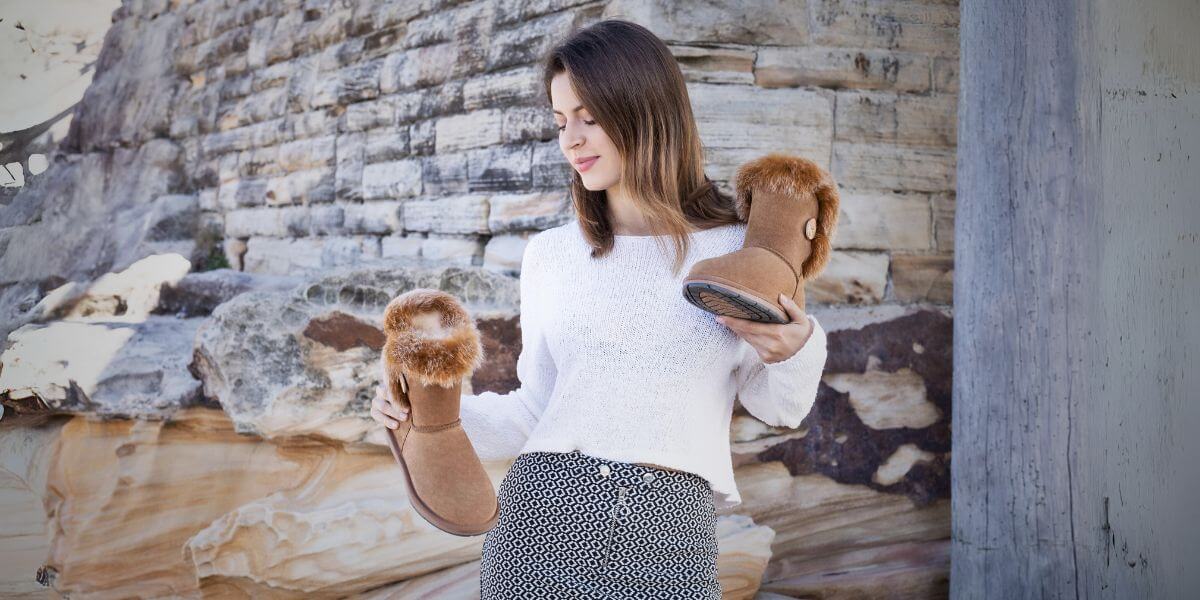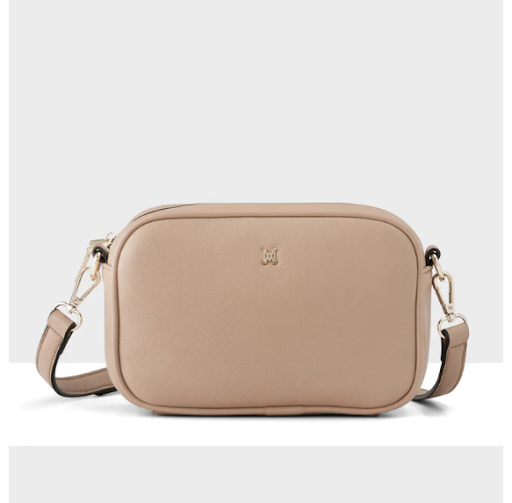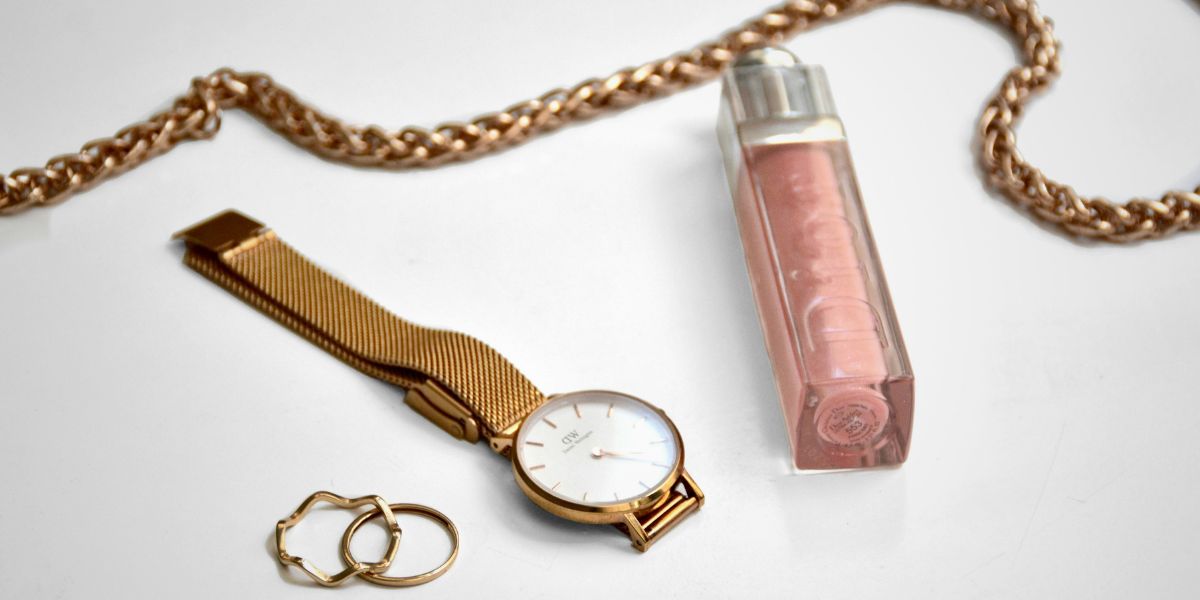Australia’s vast geography means that no single outfit fits all. From the humid rainforests of Queensland to the crisp winds of Melbourne’s bayside, dressing right can make all the difference between enjoying your adventure or struggling with the weather. This ultimate guide dives into what to wear in Australia across seasons and months, offering practical tips for men, women, and travelers of all ages. It’s not just about style—it’s about comfort, function, and blending into Australia’s laid-back yet smart-casual culture.
Before you start packing, it’s worth noting that Australia’s seasons are opposite to the Northern Hemisphere:
- Summer: December to February
- Autumn: March to May
- Winter: June to August
- Spring: September to November
vBecause the country is vast, weather can vary dramatically:
- Northern regions (Darwin, Cairns): Tropical and humid year-round.
- Southern regions (Melbourne, Hobart): Cool winters and mild summers.
- Central Australia (Alice Springs): Hot days, cold nights, and dry conditions.
So, the right clothing depends on where and when you’re traveling.
What to Wear in Australia During Summer (December–February)
Australian summers are famous for their intensity. The sun shines for long hours, the UV levels are among the highest in the world, and the temperatures can easily climb above 35°C (95°F), sometimes even reaching 40°C (104°F) in inland regions. Dressing for this season is all about keeping cool, comfortable, and protected.
Lightweight clothing becomes your best friend. Natural fabrics such as cotton, bamboo, or linen are perfect because they allow your skin to breathe while absorbing moisture and sweat. Women often opt for loose sundresses, linen shorts, and airy blouses that move freely with the breeze. Flowy maxi skirts also help keep the body ventilated and stylish at the same time. Comfortable sandals or espadrilles are ideal for long walks in the city or along the beach, and they can easily transition from daywear to evening casuals.

For men, short-sleeved cotton shirts, chinos, and light polos are excellent choices. These fabrics reduce heat retention and make you look neat without feeling suffocated. Avoid dark colors like black or navy, as they absorb sunlight and make you feel hotter. Instead, go for lighter shades such as beige, sky blue, or white.
Accessories in summer are not optional—they’re essential. A wide-brimmed hat shields your face and neck from harsh sunlight, polarized sunglasses protect your eyes, and a reusable water bottle ensures you stay hydrated throughout the day. In beach cities like Sydney, Perth, or the Gold Coast, evenings can be cooler due to ocean breezes, so having a light cardigan or long-sleeved shirt is practical.
If your itinerary includes hiking, visiting the Outback, or spending time in rural regions, pack long-sleeved but lightweight shirts and trousers. They help protect your skin from insects and the intense sun exposure. Also, sunscreen with SPF 50+ should be applied generously and frequently. The Australian sun is stronger than what most travelers are used to, and even short exposure can lead to sunburn.
What to Wear in Australia During Autumn (March–May)
Autumn in Australia is an incredibly pleasant time to explore the country. The extreme summer heat fades, the colors of the leaves begin to change, and the air feels fresher and more balanced. However, the weather can be unpredictable, shifting between sunny afternoons and cool evenings. That’s why layering becomes the smartest approach to dressing during this season.
Start your day with a breathable T-shirt or a light cotton shirt, then add a soft sweater or denim jacket on top. This allows you to adapt as the temperature rises or drops throughout the day. Women might find that jeans or light trousers paired with a flowy blouse or a knit top offer both comfort and style. A trench coat or a cozy cardigan can add an elegant touch while keeping you warm in the evening.

Men can rely on chinos, long-sleeve shirts, and crew-neck sweaters to stay both practical and well-dressed. A casual jacket—like a bomber or a light leather one—works perfectly for city walks, outdoor events, or coffee dates in autumn’s crisp air.
Footwear becomes an important part of your comfort this season. Loafers, ankle boots, or cushioned sneakers are ideal because they suit both warmer and cooler parts of the day. It’s also wise to carry a compact umbrella or a light rain jacket, especially if you’re traveling to Sydney or the east coast, where rain showers become more frequent during this time of year.
Autumn is also a lively season in Australia, with numerous festivals taking place across the country. Wine festivals in South Australia, music gatherings in Byron Bay, and cultural events in Melbourne bring people together in cheerful outdoor settings. Having a few smart-casual evening outfits in your suitcase ensures that you’re ready for any spontaneous event or dinner under the stars.
What to Wear in Australia During Winter (June–August)
Winter in Australia surprises many visitors. While the northern regions remain relatively mild and sunny, the southern parts of the country can get quite cold, especially in cities like Melbourne, Adelaide, and Canberra. Temperatures often range between 5°C and 15°C (41°F–59°F), and some mornings can feel even chillier with wind and rain.
If you’re visiting the southern states, prepare for cold days and colder nights. Warm coats, wool jumpers, scarves, and gloves will be necessary, especially if you’re spending time outdoors. Adding a few thermal base layers is a great idea for those who plan to go sightseeing for long hours or explore nature trails. The key is to wear multiple light layers instead of one heavy garment—this helps you regulate your body temperature more effectively.

For northern and coastal areas such as Brisbane, Perth, or Darwin, the weather is milder and drier. You can comfortably get by with a hoodie, a light jacket, or a thick cardigan. The days are sunny, so it’s still common to see locals in T-shirts during midday, switching to something warmer as night falls.
Footwear during winter should be both functional and stylish. Waterproof boots or sneakers are great choices for keeping your feet warm and dry during rainy spells. If you’re heading toward the mountains—particularly destinations like Thredbo or Mount Buller—don’t forget to pack insulated snow gear, gloves, and thermal underwear.
Australian winter fashion has a relaxed elegance. Neutral coats, knit scarves, and leather boots dominate the city streets. In Melbourne, especially, locals take pride in layering monochrome outfits that look effortlessly polished. Winter is also the season for cozy cafés, indoor art events, and wine tastings, so feel free to embrace soft textures and rich colors in your wardrobe.
What to Wear in Australia During Spring (September–November)
Spring in Australia feels like a breath of fresh air after winter’s cool tones. The landscapes turn green, flowers bloom, and the temperatures settle comfortably between 15°C and 25°C (59°F–77°F). Planning what to wear in Australia during spring can help you enjoy these beautiful days comfortably and stylishly.
For women, floral dresses, linen pants, and light denim jackets match perfectly with the cheerful weather. The mornings can still be slightly cool, so a cardigan or a thin knit sweater provides just the right amount of warmth. As the day progresses, the air turns mild and inviting, making these lightweight layers easy to remove when needed.

Men can opt for slim-fit chinos, short-sleeve shirts, and soft cotton pullovers. The Australian spring style is a mix of comfort and understated sophistication—simple, functional pieces with an easygoing attitude. You might find that neutral colors paired with light blues or greens fit right into the season’s tone.
Footwear choices during spring should favor versatility and comfort. Sneakers or loafers are ideal for exploring parks, coastal paths, and city streets. Since this is a season full of outdoor activities—like picnics in New South Wales or wildflower tours in Western Australia—comfortable shoes make all the difference.
Accessories can also add personality and practicality to your spring wardrobe. Sunglasses are still essential, a reusable tote bag helps with eco-friendly travel, and a light scarf can tie an outfit together stylishly. The overall goal for dressing in Australian spring is to stay ready for both sunshine and occasional breezes, balancing color, comfort, and charm.
Regional Fashion & Style in Australia
Sydney
Sydney combines beach culture with city sophistication. Locals prefer smart casual looks—think linen shirts, midi dresses, and loafers. Dress comfortably but neatly for dining or coastal walks.
Melbourne
Melbourne weather can change in an hour. Locals are masters of layering—T-shirt, sweater, coat, umbrella. Style leans toward minimalistic and neutral colors, often paired with leather accessories.
Brisbane & Gold Coast
The subtropical climate means summer dressing all year. Breathable fabrics, shorts, sundresses, and hats dominate wardrobes. Always prepare for sudden rain showers.
Perth
Perth enjoys long, hot summers and mild winters. Pack shorts, light tops, and airy footwear. Even in winter, you’ll likely only need a light jacket.
Tasmania
Tasmania is cool, even in summer. Bring a warm jacket, boots, and extra layers. Weather shifts quickly, so pack both warm and waterproof items.

What to Wear in the Australian Outback
The Outback is unlike anywhere else—dry heat by day, cold by night.
- During the Day: Long-sleeved breathable shirts protect against the sun.
- At Night: Warm jackets or fleeces are essential as temperatures can drop below 5°C (41°F).
- Footwear: Durable hiking boots for rocky or sandy terrain.
- Accessories: A wide-brimmed hat, neck scarf, and insect repellent.
Neutral colors such as beige, olive, or khaki also blend well with the environment while keeping you cool.
Packing Essentials for Australia
No matter when you travel, some basics always help:
- Sunscreen (SPF 50+)
- Sunglasses
- Hat or cap
- Light rain jacket
- Comfortable walking shoes
- Reusable water bottle
- Swimsuit (even in winter, heated pools are common)
- Travel-sized laundry detergent for quick washes
Sustainable Australian Fashion
Sustainability is a growing trend in Australian fashion. Brands like Bassike, Outland Denim, and Spell Byron Bay lead the eco-conscious movement. Choosing local, ethically made clothing supports communities and minimizes environmental impact.
If you care about mindful travel, consider recycled-fabric swimwear, organic cotton basics, or linen outfits made by local designers.
Final Thoughts
Knowing what to wear in Australia is more than following weather charts—it’s about adapting to a culture that values practicality, comfort, and effortless style. From tropical heat to alpine chill, Australia invites you to dress for the moment while staying relaxed and confident.
So pack smartly, layer wisely, and remember: in Australia, comfort is the new luxury. Whether you’re sipping coffee in Melbourne’s laneways, hiking through the Blue Mountains, or soaking up the sun at Bondi Beach, your outfit should let you move freely, stay protected, and feel at home anywhere under the southern sky.
Whether you’re dressing for summer adventures or cool winter days, Peroz Australia offers a handpicked selection of footwear and accessories designed to move with you in style.





